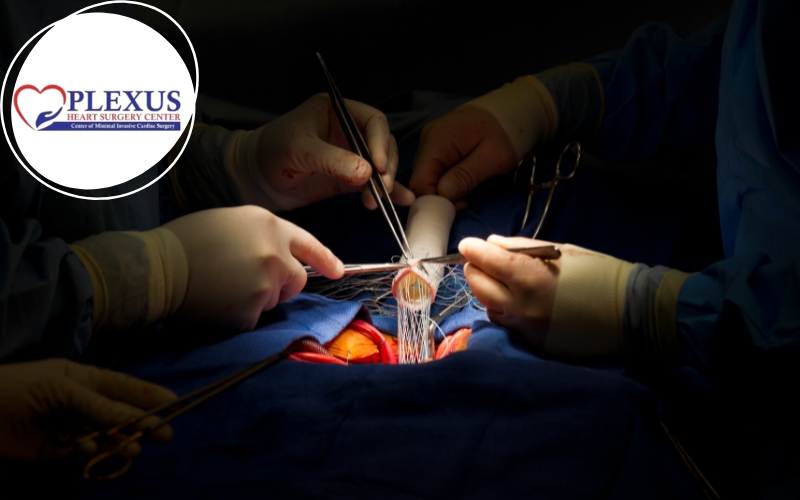Everything You Need to Know About Cardiac Surgery: Types, Procedures, and Recovery

Introduction
Cardiac surgery, also known as heart surgery, is a medical procedure that helps treat problems related to the heart. These surgeries are often done to correct heart conditions, improve heart function, and save lives. In this blog, we’ll explain what cardiac surgery is, the different types, how it’s performed, and what to expect during recovery — all in simple and easy-to-understand language.
What is Cardiac Surgery?
Cardiac surgery is a procedure performed on the heart by a heart specialist (cardiac surgeon). It is usually done to:
- Treat heart diseases
- Repair damaged heart valves
- Open blocked arteries
- Fix heart defects present from birth
- Replace parts of the heart with healthy tissues or artificial devices
These surgeries can be life-saving and are often recommended when medications or lifestyle changes are not enough.
Types of Cardiac Surgery
Here are some common types of cardiac surgeries:
1. Coronary Artery Bypass Grafting (CABG)
This is one of the most common heart surgeries. It is done to treat blocked or narrowed arteries. The surgeon uses a healthy blood vessel (from the leg, arm, or chest) to create a new route for blood to flow to the heart.
2. Heart Valve Surgery
Heart valves control the flow of blood in and out of the heart. If a valve is not working properly, it may need to be repaired or replaced with an artificial or tissue valve.
3. Minimally Invasive Cardiac Surgery (MICS)
In this type, the surgeon uses smaller cuts instead of opening the chest completely. This leads to less pain, reduced tissue damage, faster recovery, and fewer risks.
4. Congenital Heart Surgery
This is done to correct heart problems present from birth. These surgeries are often done in infants and children but may also be required in adults
5. Heart Transplant
In very serious cases, the damaged heart is replaced with a healthy donor heart when heart failure doesn’t get better with other treatments.
What Happens During the Procedure?
Before surgery:
- The patient undergoes tests like ECG, echo, or angiography
- The doctor discusses the condition and the best treatment option
During surgery:
- The patient is given anesthesia to sleep and feel no pain.
- A team of doctors and nurses work together to perform the procedure safely.
- The length of surgery depends on the type of operation
After surgery:
- The patient is shifted to an ICU (intensive care unit) for monitoring.
Most people stay in the hospital for a few days before going home
Recovery After Cardiac Surgery
Recovery time varies depending on the type of surgery. Here’s what most patients can expect:
- Hospital stay: 5 to 7 days (or more for major surgeries)
- Rest at home: 4 to 6 weeks or more, with limited physical activity
- Follow-ups: Regular visits to the heart doctor for check-ups
- Lifestyle changes: Eat healthy, quit smoking, manage stress, and exercise as advised
- Medications: Take medicines as prescribed to avoid complications.
It’s normal to feel tired, weak, or emotional after surgery. With time and proper care, most patients return to normal activities.
Final Thoughts
Cardiac surgery is a major step in treating heart disease, but it also offers a new chance at life. If you or your loved one is facing heart surgery, it’s important to learn about the procedure, understand the risks, and follow the recovery plan carefully. Early diagnosis, expert treatment, and proper care can lead to a healthy and active life after surgery.
